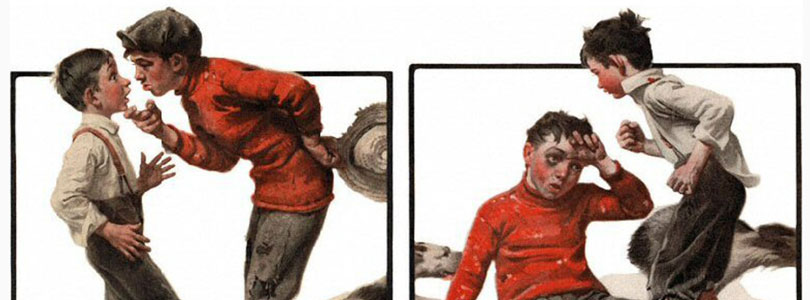“Caring” for a “Hurting” Society
When I exited college into a down economy in a difficult region, during a year that piled on the major life changes, the anxiety was oppressive. With the opportunity to take medication to relieve its effects, I resolved that we shouldn’t medicate ourselves into being able to tolerate our lives, but should change whatever isn’t tolerable. Even just making that resolution and taking steps toward achieving the goal relieved the symptoms (so to speak).
The overly clinical approach to solving problems affects us at the level of our society, too. Consider this paragraph in a recent Boston Globe article by Felice Freyer about increases in teen suicide:
Kimberly O’Brien, a research scientist who studies adolescent suicide at Boston Children’s Hospital, said the Harvard report “reiterates the sobering truth about suicide among young people.”
“This is indicative of a society that is just hurting,” O’Brien said. “This is not mental illness. This is a societal problem. . . . We’re not taking care of people who are struggling.”
Note that this attitude implicitly takes society’s condition as a given. That is, the way we structure our communities and our lives is producing these effects, and it is our job to care for the people affected. But maybe the hurt is actually evidence that some underlying dysfunction in society itself has to change, even if it means leaning on traditional cultural standards for a while longer.
The article’s headline is broadly written: “Suicides soar among teenagers, Harvard study says.” However, the content makes clear that we’re mostly talking about men and boys, which is relevant to how we’re misconstruing the solution. If (as I would suggest) the problem for American males is that their sense of an active mission to protect and care for others is being disrupted, then treating them as the subject of needed care could make the problem worse, not better.
This perspective might also shed some light on the article’s mention of social media’s role in increasing teen suicides — “by promoting social comparisons, enabling cyber-bullying, and disrupting sleep,” which misses a particularly male angle. Anybody involved in local politics may have seen how insidious social media can be. It’s always there, and some snarky jerk can always ping you wherever you are with a little dose of malice, as if to say, “I just want you to know that I’m out here hating you and working to make sure that other people hate you, too.”
Grown-ups can only imagine how that affects young adults who haven’t yet developed thick skins or perspective, especially if they lack reinforcing mechanisms, and it surely has different nuances for boys and girls. The same behavior perpetrated in person would be more clearly seen for the bullying that it is, while physical proximity would also carry the risk of physical confrontation. Traditionally, our society has taken harassment as at least a mitigating factor for a boy who hit back literally, not figuratively with words.
That isn’t to say that we should want verbal disputes to escalate to violence, but the new rules create unique frustrations that we aren’t appropriately preparing young men to address… and with solutions that we probably aren’t allowed to talk about for fear of seeming to support toxic masculinity.
Young adults have natural responses to the world, and society should help them channel those emotions toward productive ends that benefit them as much as their communities. Right now, we’re insisting that the natural responses of young men are “toxic” and giving them no new way to channel them. Little wonder, more of them are looking for ways out, rather than through.
Featured image: Norman Rockwell, Bully Before and Bully After, 1921.




